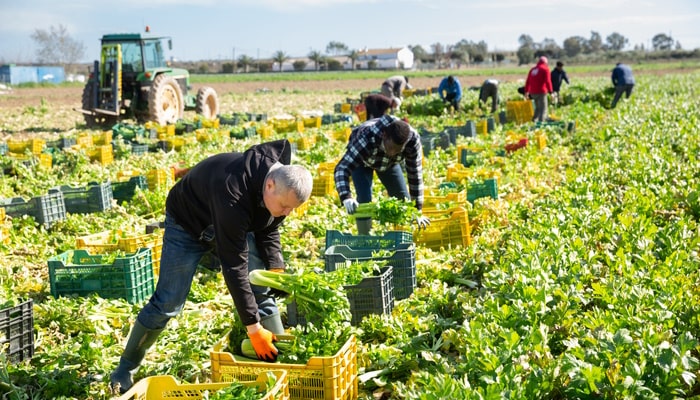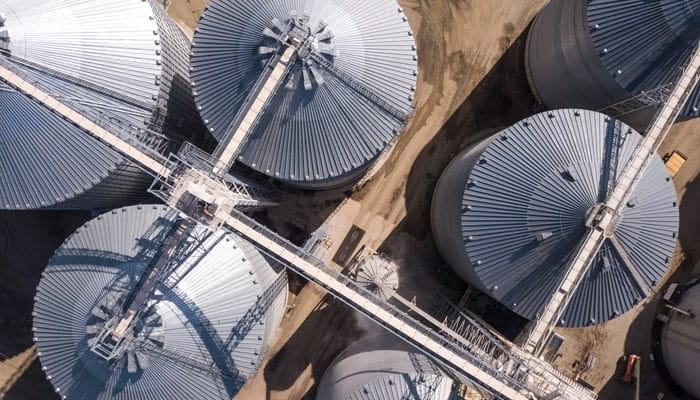
Creating a Safe Workplace: The Importance of Formal Non-Routine Work Program
If you are like most companies, you have projects to keep your employees busy during your slow times. This work is considered non-routine work as it may only be done by most employees once or twice a year and, therefore, can put your employees in dangerous situations that can lead to serious injury or even death due to:
- Inadequate training, especially if turnover is high
- Too little or no experience performing related tasks
- Forgetting how to perform the task or how to use specialized equipment because the work happens so infrequently.
Falls, overexertion, chemical exposure, struck by or against, and caught in/caught between hazards can be avoided by creating a formal process for non-routine work.
The first step in creating a formal program is defining non-routine work. Each agribusiness operation may define this differently. For example, the definition could be: “Any work that is not conducted on at least a quarterly basis by the persons assigned the task.”
Any work that meets your definition then goes through a hazard analysis, which assesses all risks in a particular environment. When conducting a hazard analysis, identify each step required to complete the job or task. For each step identified, ask the following questions to determine if a hazard exists:
- Can the worker forcefully strike against anything?
- Can anything move and strike the worker abruptly or forcefully?
- Can the work come in contact with electrically charged equipment?
- Can any part of the body be caught between something moving and something stationary or between two moving objects?
- Can the worker slip or trip on anything, resulting in a fall?
- Can the worker fall from one level or another?
- Can the worker be injured while lifting, pulling, pushing, twisting, reaching, bending, or another motion resulting in a sprain or strain?
- Can the worker be exposed to excessive noise, vibration, extreme temperatures, poor air circulation, toxic gases, airborne dust/fumes, or hazardous chemicals?
- Can the worker be engulfed or entrapped by material?
Once all hazards are identified, evaluating each is important to determine if they can be eliminated. If it cannot be eliminated, consider what can be done instead. For example, is there a substitute or engineering control that can be used; can you change how the work is done; or is there personal protective equipment to protect workers?
Following the hazard analysis, the next step is documentation. A safe operating procedure manual should establish a logical order of each task necessary to perform the work. For each task, detail the actions required to eliminate, control, or reduce hazards.
The final step in creating a formal, non-routine work program is employee training. Instruct employees on proper procedures, describe the hazards associated with each step, and explain what measures are required to eliminate, reduce or control exposure. Document all training completed, including names and signatures of the instructor and participants.
Risk is inherent in many situations. It’s important to remember that when risk exceeds what we plan for, we must step back and re-evaluate our actions/behavior. This is a continuous process that requires employees at all levels to be engaged and working together to create a safe workplace.
Contact a member of our agribusiness team to learn how your business can benefit from a formal, non-routine work program.
Source: Grainnet Safety, Lunch Box Safety Talk on Non-Routine Work Programs, Joe Mlynek

Related articles

Even before the longstanding labor market crunch, farms had difficulty recruiting domestic workers for farm work. This resulted in farms increasingly turning to the H-2A visa program to get...

Grain Bin Safety Week, sponsored by Nationwide Agribusiness and supported by AssuredPartners Agribusiness and many other industry partners nationwide, occurs each year on the third full week of...

Agriculture has undergone significant technological advancements in recent years, and the trend is set to continue as the industry turns to technology to optimize processes and reduce costs. In this...